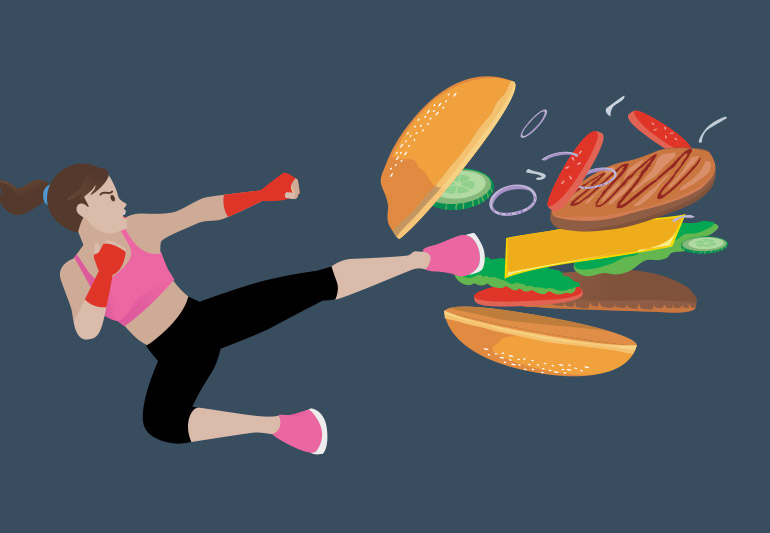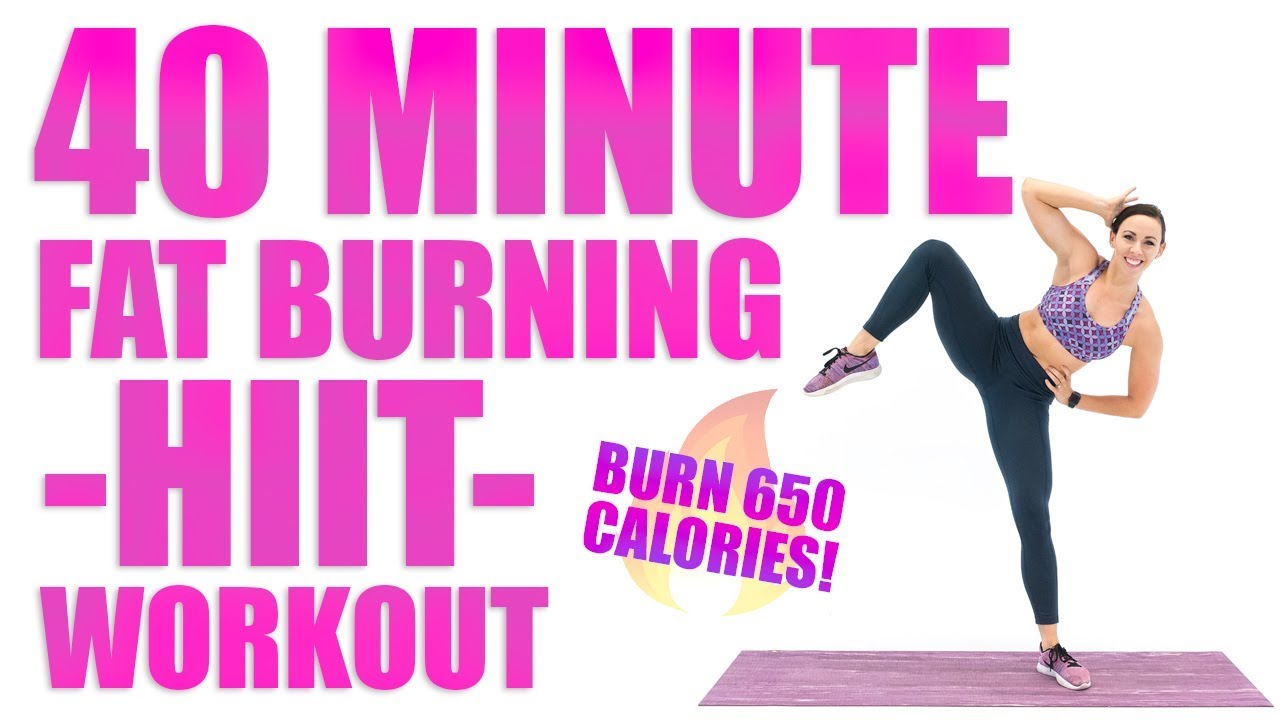
A diabetic diet is different from a low-carbohydrate or no-fat diet. It is more about overall dietary patterns than a strict calorie restriction. You don't need to cut out all your 'guilty pleasures' as a diabetic. A diabetic diet that is healthy will include unprocessed, natural food in moderation.
Low-carb diabetic diet
Adding a few teaspoons of salt to your meals can help your body process less carbohydrates. This sodium is available from a variety sources including fruits, vegetables and pulses as well as nuts. You can make a low-carb breakfast omelet with tomatoes, zucchini, and other vegetables. It is full of protein as well as fire. Drinking unsweetened milk, yoghurt or yogurt can help you get your calcium intake.
It is essential to monitor blood glucose levels if your insulin or any other blood sugar lowering medication. A continuous glucose monitor will allow you to adjust your portions and take medications. These devices can also take measurements every five seconds, making them extremely useful to diabetics. These devices are also covered by Medicare and private insurance for diabetics. You should consult your physician before you begin a low carb diet to avoid hypos.

Mediterranean diet
The Mediterranean diet is a good option for diabetic weight loss. It can control blood sugar and improve overall health. One person will follow this Mediterranean-style eating pattern. This diet includes seven to ten daily servings of fruits, vegetables, and other healthy foods. This is easily achieved with fruit salads. To improve flavor and reduce diabetes symptoms, the diet includes herbs and spices. These are just a few of the many benefits that come with the Mediterranean diet.
The Mediterranean diet is based on plant-based foods such as fruits, vegetables, pulses, nuts and seeds, wholegrains, and olive oil. The Mediterranean diet also includes some lean protein and wine. Moderation is recommended. The Mediterranean diet is high in fruits and vegetables, and it does not contain too many processed foods. It also restricts red meat and saturated fat as well as trans fats. It's easy to follow and doesn't require any special knowledge.
Paleolithic diet
Paleolithic is a diet that promotes weight loss. This low-calorie diet emphasizes whole foods, which means that you can consume a lot without worrying about calories. While many dieters love to fill their plates up with delicious, healthy food, some choose to limit how much they eat. Regardless, the smaller portion size means fewer calories and more weight loss.
Paleo is low in processed food, such as white potatoes. White potatoes were widely available in Paleolithic times but have a high glycemicindex. Instead of relying upon white potatoes, you can opt for sweet potatoes and chicken. These are easy to make and affordable. To increase omega-3 levels, eggs can be low-calorie. However, you should choose organic or cage free eggs. Nuts and seeds are excellent sources of fiber and protein. They were a staple part of prehistoric life. Peanuts are a legume, so you can eat them.

Fruit
A variety of health benefits make fruit a great addition to any diabetic diet. Fruit is a great source of fiber and can help lower cholesterol and control blood pressure. The current recommendations recommend that you consume 25-30 grams of soluble fiber daily. You will need to consider your dietary requirements when deciding how much fruit you should eat each day. Talk to your dietitian about the best amount of fruit to eat for your daily diet. Adults should aim at eating five to seven daily servings of vegetables and fruits.
Limiting salty processed foods is a diabetic diet that will help you lose weight. Sugary drinks increase cravings for sugary foods, and soda contains no nutritional value at all. Instead, consume water, teas, coffees, milk, and small amounts of fruit juice. Make sure you get 100% juice, without any sweeteners. It is also possible to flash freeze the fruit for even greater convenience.
FAQ
What length of Intermittent Fasting should I be doing to lose weight?
It is not as easy as you think. When determining the number of days you should fast for optimal fat reduction, there are many factors to consider. These are:
-
Your age. For example, if you're young (under 40), intermittent fasting may be too difficult for you because you have less time to recover from each day's fast. If you are older than 60, you might find it difficult to maintain a prolonged period of daily fasting.
-
Your current body composition. A longer period of fasting is more beneficial for those with a lot of muscle mass. Shorter fasting might be more appropriate for you if you have less muscle mass.
-
How physically active you are. If you exercise regularly, you may need to extend your fasting window to ensure that you still get adequate rest between workouts.
-
Your past health history. Some people with medical conditions like diabetes, heart disease, cancer, etc., may require additional fasting monitoring.
-
What is your tolerance for stress? Stress can often lead to us eating more. To avoid this problem, you may need to increase the length of your fasting windows.
-
It is the type of diet you are following. Certain diets, like ketogenic diets, may require even longer fasting periods.
-
How much sleep you get. The quality of your sleep is also a factor in increased appetite and decreased metabolism. It might take some time to find what works best for your needs.
-
The amount of protein you consume. Consuming more protein helps to stabilize blood sugar levels. This could lead to lower insulin levels. This would allow for you to fast more often.
-
Whether you're trying to gain or lose weight, people who are trying to gain weight usually require longer fasting periods than those who are trying to lose weight.
-
How many calories do you consume in your fasting windows? You might lose more fat if your daily calories are lower than those you consume.
-
Your fitness level. People who are fit and fast burn more calories per day.
-
Your gender. Men have greater appetites than women and may need to fast longer. Women may only fast for 20-30 mins each morning because they have a smaller appetite.
-
Your lifestyle. Are you someone who does a lot of exercise? Do you work out several times a week? Do you have a job that requires you to sit at a desk all the time? These things could impact the speed at which you should go.
-
How much money are you willing to spend on food? Healthy eating doesn't mean you have to spend a lot on groceries. Whole grains are better than white bread and whole fruits are better than candy bars. Lean meats can also be saved.
-
How important it can be to control your appetite. If you don't want to skip meals, you might not need to fast as long as other people do.
Is there any difference between intermittent fasting and calorie restriction?
Calorie restriction means eating less calories than your body requires. Intermittent fasting is different because it doesn't involve restricting calories. Instead, Intermittent Fasting is about eating fewer calories per day.
Intermittent fasting can be more effective as it allows you to eat the foods you love and not feel guilty.
Each method has its pros and cons. Decide which one you prefer.
Can cardio exercises help me lose weight quickly?
Cardio exercises are great to burn calories but they won't necessarily help with weight loss. It all depends on how much weight you have and what type of exercise you do.
Cardio exercises may not be sufficient to lose weight if you are overweight.
They should be combined with other types of exercise and dieting.
Cardio exercises, such as running or jogging, can help you lose weight quickly. These exercises burn more calories than any other form of exercise.
However, if you want to gain muscles instead of losing fat, you must perform resistance training. Resistance training involves using free weights, machines, bands, elastic bands, etc.
For fast weight loss, combine cardio with resistance training.
A combination of cardio and resistance training will help you lose weight quickly.
What is the best activity for busy people?
Exercise at home is the best method to stay fit. You do not need to join a gym. It is possible to perform basic exercises at home with minimal equipment.
A pair of dumbbells and a mat are all you need.
You must be consistent with your training. If you miss a few days, then you may lose all motivation.
Try lifting weights three days per week. This is a great place to start. This could include squats, lunges, push-ups, pull-ups, dips, curls, etc.
Once you have mastered these fundamental movements, you can begin to learn other types, including running, jumping rope and skipping.
Make sure you choose the right exercise program for your needs. Exercises that take too much energy, for example, might not be a good fit for someone who works long hours.
If you are a night owl, then you should consider exercising during the evening rather than early morning.
Listen to your body, and don't stop when you feel tired.
How Much Weight Can You Lose in a Week?
The amount of weight you can lose depends on your current body fat percentage. It is important to first calculate how much weight you wish to lose. Then, determine your BMI. Your BMI tells us how much weight you should lose in order to achieve this goal. If your BMI is 25 or greater, you're overweight. If your BMI is 30 or higher, you're obese.
Your BMI is calculated at 28.7 if your weight is 200. To reach a healthy weight, you would need to lose 70 pounds. To see if you're overweight, visit www.healthyminds.com/bmi/.
Once you know your BMI, this formula will allow you to determine how many pounds per week you'll be able to lose.
(Your Goal Weight - Current Weight)/BMI * 7 Number Of Pounds Lost Per Week
To lose 50 pounds in a month, you would need to exercise for 2 weeks. That's 56 days divided by 7 pounds per day. That works out to 8.3 pounds lost per week.
You could also try this calculator from www.weightlosscalculator.net. It will give you an approximate estimate of the calories you need to lose 1 pound each week.
What level of exercise is required to lose weight?
There are many factors that influence the amount of exercise required to lose weight. These include your gender, age, body type and how heavy you are. Most people require moderate activity at least five days per week.
The American College of Sports Medicine recommends 150 mins of moderate-intensity aerobic exercise per week spread over three consecutive days.
For example, if your goal is to lose 10lbs, aim for 300 minutes of moderately intense exercise per week. This includes activities such brisk walking and swimming laps, bicycling, dancing, playing tennis or golfing, hiking, running, jogging and other similar activities.
Consider doing 20 minutes of vigorous exercise thrice a week if you are just starting out. These activities could include sprints and lifting weights.
Aerobic exercise is a great way to burn calories and build muscle mass. Muscles can burn more calories that fat. You may be able to achieve your goal quicker by building muscle and losing fat.
What effect does intermittent fasting have on my sleep?
Yes, intermittent fasting does affect your sleep. When you skip meals, your hunger hormones increase. As a result, you may find yourself waking up at night.
Experts recommend skipping breakfast. Instead, experts suggest eating a light snack just before bed.
If you are still hungry after your snack, you can eat a small dinner right before you go to bed.
Be careful not to overeat. You will end up gaining weight rather than losing it.
Statistics
- According to Harvard Health, it's estimated that a 155-pound (70-kg) person burns around 167 calories per 30 minutes of walking at a moderate pace of 4 mph (6.4 km/h) (5). (healthline.com)
- According to Harvard Health, it's estimated that a 155-pound (70-kg) person burns roughly 112 calories per 30 minutes of weight training (5). (healthline.com)
- Among women, the increase in metabolic rate was nearly 4%, or 50 more calories per day (14Trusted Source (healthline.com)
- A 12-week study in 20 women with obesity found that walking for 50–70 minutes 3 times per week reduced body fat and waist circumference by an average of 1.5% and 1.1 inches (2.8 cm), respectively (healthline.com)
External Links
How To
How to do Intermittent Fasting (IF)
Intermittent fasting refers to a diet where you only eat one day per semaine, typically Monday through Friday. This diet aims to lower your overall calorie intake, while still ensuring you get enough nutrition. It's believed that this helps burn fat faster than if you were eating normal meals throughout the entire week.
The most common type of IF is to restrict calories on specific days of the week. This would mean that you skip breakfast each morning, and then eat whatever food you like throughout the day. You can also opt to eat three small meals a day instead of two large.
There are many types of intermittent fasting. There are pros and con's to every type of intermittent fasting. Alternate-day fasting is the easiest method to get started because it doesn't require any significant lifestyle changes. However, some people find it difficult to stick to a strict schedule like this, so they might prefer to try other methods first.
If you're looking to start an intermittent fasting routine, I recommend starting with alternate-day fasting. This will allow for gradual transition to more extreme fasting without having to change your lifestyle.